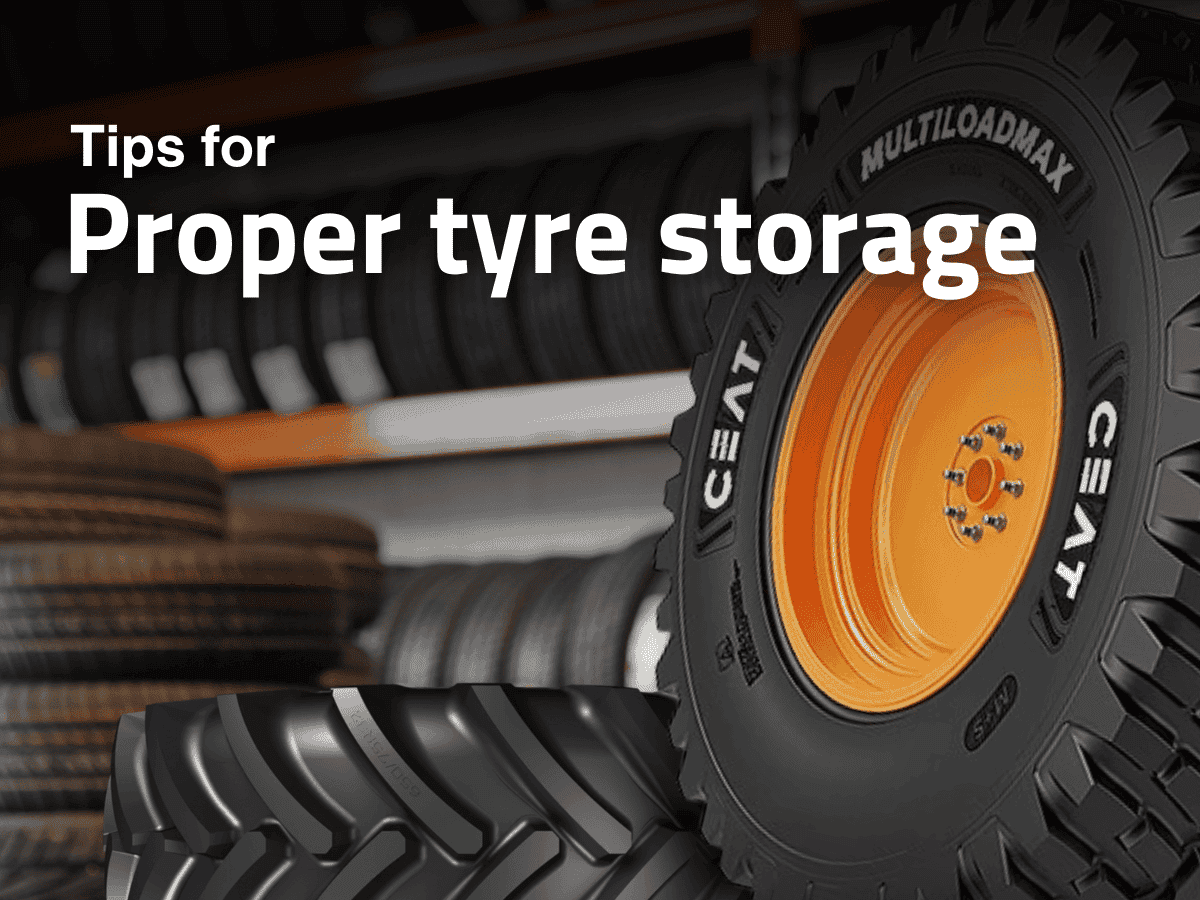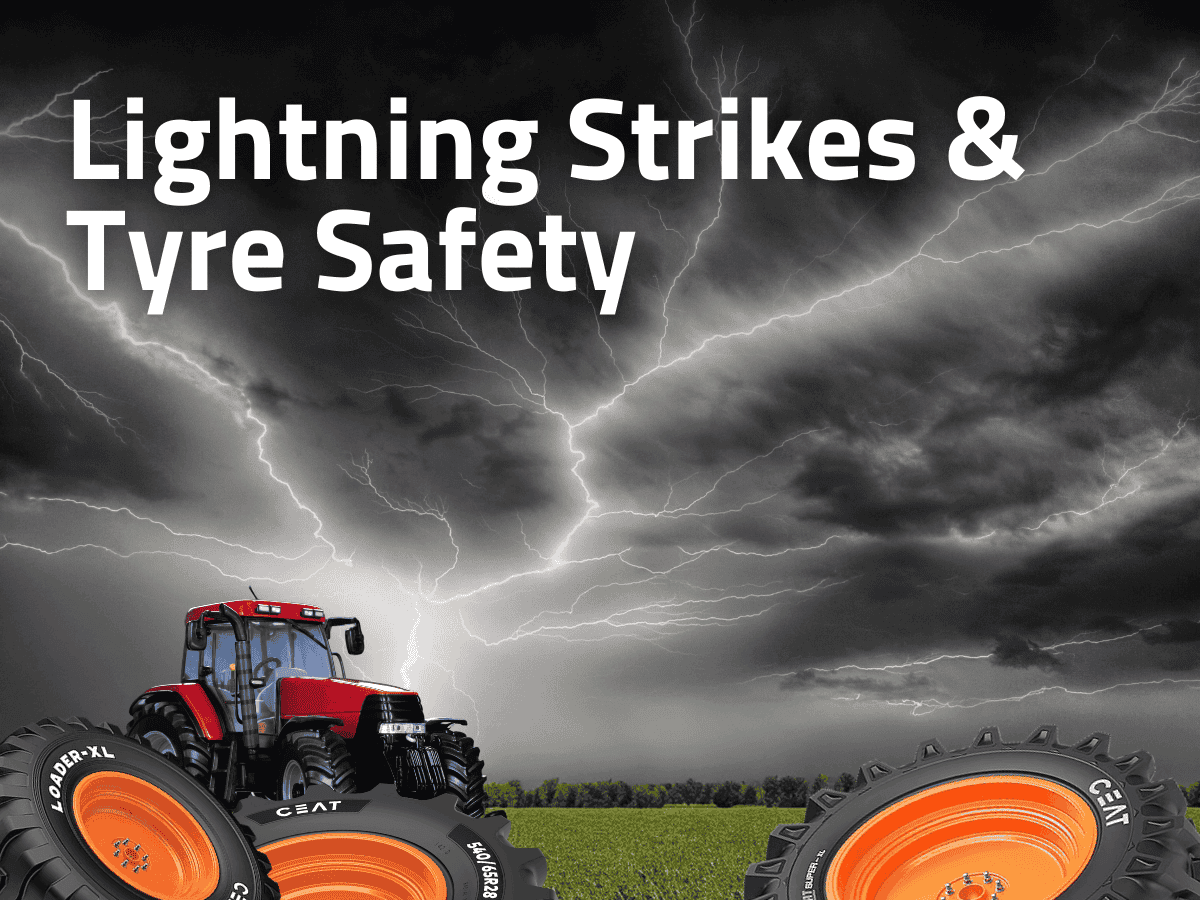ceat-speciality:blogs-tags/all,ceat-speciality:blogs-tags/tyre-care
How to know when your sprayer tyres need replacing
Mon, 5 Dec 2022 | PRODUCTS
Most farmers and farm contractors have better things to do than spend more time than necessary searching the internet on the office computer for ‘sprayer tyres for sale’ or ‘sprayer tyres near me’ and looking through sprayer tyres price lists. Knowing exactly when your sprayer tyres really need replacing is essential if you are to get the optimum life, performance and value from them.
Sprayer tyres are, ultimately, what connects your soil and your crops with the investment you make in crop protection products – and in the sprayer that carries and applies them. That means you need to be sure you are getting the best from those sprayer tyres, and you need to know exactly when it is the right time to replace them. Make the choice unnecessarily early and you will incur expenditure before you need to, and waste valuable tyre tread that could have be turned into timely spray applications. Too late, and you risk poor sprayer performance – and potentially unsafe operation, particularly on hilly ground.
Knowing when tractor tyres need replacing is a reasonably easy judgement to make, particularly if your tractor works on steep ground and/or does a lot of primary cultivation – in both cases grip will reduce and wheelslip increase as the tread wears away and its depth decreases. The same, generally speaking, is true of sprayer tyres – but there are some significant differences.
Because they have a narrow footprint in order to fit tramlines without damaging crops, the pressure at which sprayer tyres operate is higher than conventional tyres of a comparable diameter. The amount of land they compact is minimised, but on the road this does mean they can be abraded at a faster rate than a comparable conventional tyre, as they have a harder carcase. If your sprayer spends a lot of time on the road, and particularly if it spends a lot of time running at high speeds which create heat, and then slowing for junctions, the tread may wear faster than you might otherwise expect. If your sprayer tyres have less than 25% of their original tread remaining, it may be time to consider replacing them, especially if you work on a lot of steep or hilly ground.
A tyre’s non-skid depth (NSD) is the technical description for the depth of its tread – or more specifically, in the case of a tractor or sprayer tyre, the height of that tread. If dealing with a vehicle that spends most of its time on the road, such as a car or a truck, the tread pattern’s ability to disperse on a wet road is the relevance of non-skid depth, but on tractor tyres or sprayer tyres with chevron-style tread designed to grip and provide traction primarily on field surfaces, the primary problem is reduced power transfer from the machine’s transmission to the ground. That means traction is reduced, while fuel efficiency falls too.
Most self-propelled sprayers feature oil-powered hydrostatic transmissions, and the combination of this with sprayer tyres that have a much-reduced tread depth can result in a significant fall in performance and increase in danger on slopes.
Sprayer tyres such as CEAT’s Spraymax VF are designed with a high non-skid depth, for maximum life and performance over the period the self-propelled sprayer is owned. Durable, hard-wearing compounds ensure maximum longevity, minimising lifetime sprayer running costs.
Keep a regular eye on the depth of your sprayer tyres’ treads. When it becomes apparent you need new sprayer tyres – probably when they have reached 25% tread depth – then when you start surfing the internet for ‘sprayer tyres for sale’ or ‘sprayer tyres near me’, make non-skid depth a high criteria on the list of characteristics you look for before you begin scanning sprayer tyres’ price lists.
































































































































